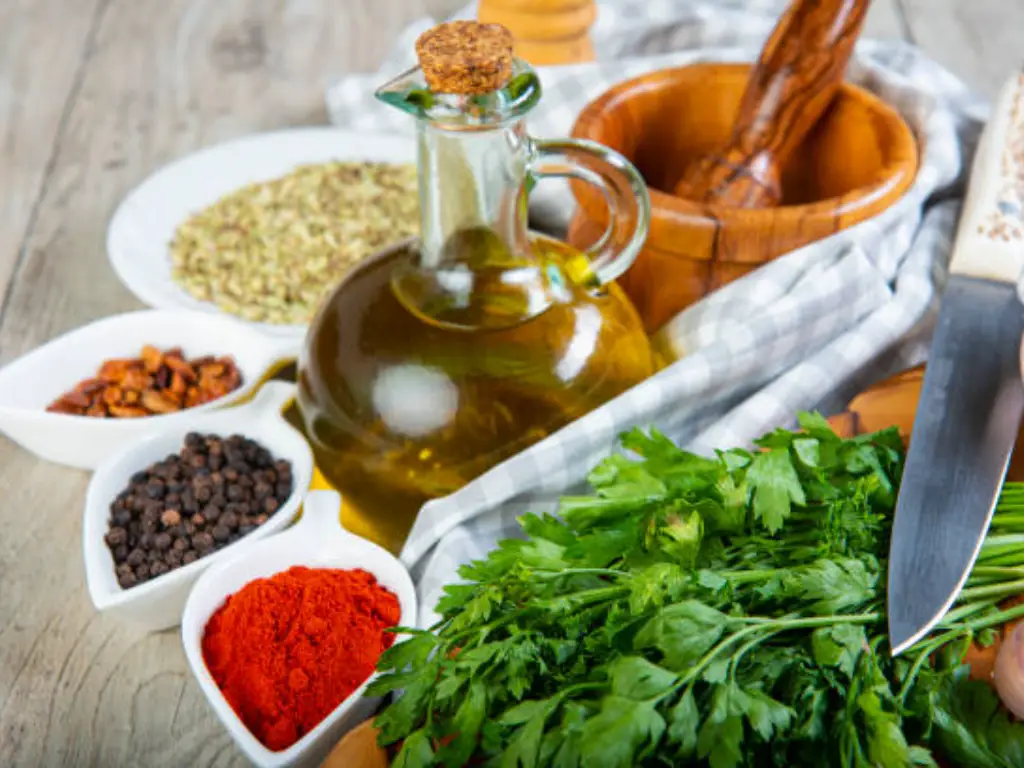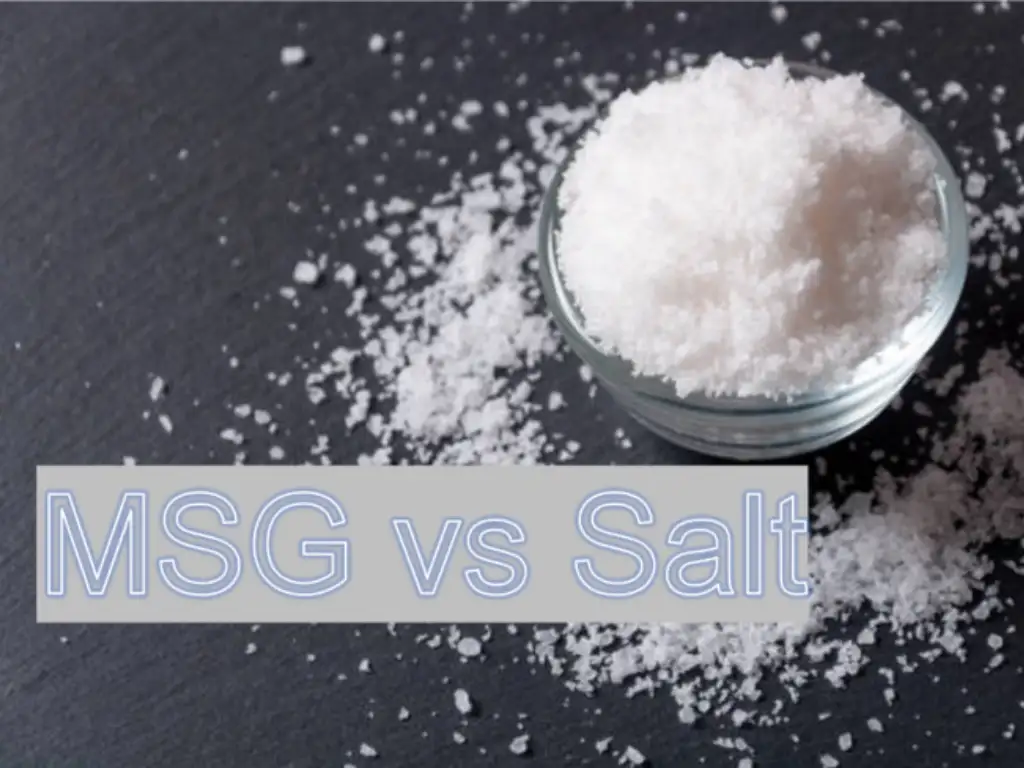- From Field to Flavor: How Are Spices Made - February 18, 2024
- Preserving Flavor: Do Seasonings Expire? - February 18, 2024
- Health Trends Impacting the Spices and Seasonings Market - February 18, 2024
Introduction to Spices
In the quiet dawn of a Southeast Asia morning, dew clings to the delicate white flowers of an orchid family member, soon to be known as vanilla. Not far away, the sturdy vines of Piper nigrum stretch toward the sun, their fruit destined to be dried and traded as black pepper. You might be surprised to find that these everyday treasures from your local grocery store have such vibrant life stories.
The Historical Significance of Spices


Spices weave through our history like no other commodity. The Romans would lavish unknowable fortunes on black pepper and the purple flowers of the saffron crocus. The Roman Empire, Middle Ages, and the voyages of Christopher Columbus are chapters of history scented with clove and cayenne pepper, narratives spiced not just metaphorically but literally. Imagine the misty ports of the New World, where red pepper and pumpkin pie spices slowly infiltrated the local cuisines, an aromatic symbol of the burgeoning spice trade.
Overview of Global Spice Production
Today, spice production is a global symphony, with different plants’ parts – from the bark of a tree to a seed pod – harvested in synchrony across continents. Myristica fragrans, which provides both nutmeg and mace, hails from tropical locales where high humidity is a nurturing blanket. Over in North America, the unassuming white mustard seeds lay the ground for flavorsome mustards and spice blends. These are but glimpses of the myriad of plants that gift us their essence for our culinary adventures.
The Role of Climate in Spice Cultivation


The essence of spice processing begins long before any human hand graces the plants. It all starts with climate – the exacting master of spice cultivation. Orchid family members aspiring to become vanilla pods thrive in the balmy embrace of tropical climates, while the poppy seeds yearn for the temperate caresses of the East Asia’s fields. In North America, different varieties of beans are dried, roasted, and can even contribute to the creation of the beloved root beer. Each requires conditions as precise as a recipe’s measurements, and it is up to Mother Nature to provide these.
Harvesting Techniques for Different Spices
When the time is ripe, farmers engage in the careful dance of harvest. For some crops like coffee beans or the red covering of saffron, it’s a delicate ballet that demands precision. Other times, the process is more robust, as with the harvest of cinnamon, which involves peeling the bark of a tree. Each method is as varied as the spice itself, refined over generations to uphold the quality we have come to cherish.
Cleaning and Preparing Spices for Processing
Once the spices have been proudly pruned from their natural abodes, the process of cleaning and preparing ensures not a speck of their flavors is lost. Be it the fiery red pepper or the aromatic bay leaf, every bit of earth is rinsed away while taking care not to wash away the oils that carry the flavor. The art of cleaning spices is a seasoned balance between purity and preserving essential oils that tell the tale of a spice’s soul.
Drying Processes for Spice Preservation
Underneath the seasoned gaze of the sun or within the engineered warmth of mechanical dryers, spices are caressed into dryness. Sun drying is the old rhythm, a melody played out on open fields with spices laid out as far as the eye can see. Mechanical drying, by contrast, is the fast-paced beat of the modern age, where control over temperature and time is meticulously managed. Each method leaves an invisible imprint on the spice – a hint of sun and soil, or the precision of progress.
Grinding and Milling Processes
Criteria for Evaluating Spice Quality


Upon completion of the drying process, spices are subject to an exacting assessment to determine their quality. This rigorous evaluation meticulously examines attributes such as hue, dimension, and olfactory properties – critical markers of a spice’s developmental trajectory from its genesis as flower buds to its final destination in consumer marketplaces. Substandard, blemished, or deformed pods and seeds are systematically segregated, thus ensuring the provision of only the most exquisite and aromatic culinary enhancers.
Methodologies Employed in Spice Differentiation and Quality Control
In the realm of spice classification, technological advancements have played a pivotal role. State-of-the-art optical sorting machinery is now adept at discerning the subtle variations in color – from the radiant reds to the lush greens – inherent in chili pepper specimens, thereby guaranteeing a standard of consistency in appearance. Nonetheless, in certain regions globally, the discerning eyes of seasoned spice connoisseurs continue to perform this intricate task. These artisans, with a level of precision rivaling that of their mechanical counterparts, exercise their years of expertise to meticulously handpick only the finest of spices, ensuring each selection meets the highest standards of quality and purity.
To further illustrate the intricate journey of spices from their natural state to the culinary wonders we enjoy, the following table provides a comprehensive overview of the key steps involved in the production process of various spices:
| Spice Name | Harvesting Technique | Drying Method | Grinding Process | Special Processing Notes |
| Black Pepper | Hand-picked when berries are mature | Sun dried or machine dried | Ground in mills | Fermented before drying for black pepper |
| Saffron | Hand-picked stigmas from flowers | Air dried in the shade | Carefully separated by hand | Only a few stigmas per flower, labor-intensive |
| Turmeric | Uprooted rhizomes | Boiled and sun dried | Ground into fine powder | Often boiled to improve color and remove raw odor |
| Cinnamon | Harvested from inner bark of trees | Sun dried | Ground into powder or sold as sticks | Bark rolls naturally as it dries |
| Red Chili Pepper | Picked when ripe and red | Sun dried or oven dried | Crushed or ground | Sometimes smoked (e.g., chipotle) |
| Vanilla | Hand-picked while green and immature | Slowly air dried | Fermented and cured | Lengthy curing process develops flavor |
Packaging and Storage of Spices
From there, the journey of the humble spice heads towards the final frontier: packaging and storage. Here, the essential – the very heart of what spices are – is shielded from the ravages of time. Whether it’s a vibrant pouch of curry powder or an earthy jar of garlic powder, meticulous measures ensure that these culinary heroes reach your home with their flavors untarnished by travels or time.
Organic vs. Conventional Spice Production
Organic practices whisper to us of an earth-friendly approach, where spices grown without synthetic pesticides harken back to the roots of their ancestors. The whisper becomes a conversation about sustainability and respect – a discourse that spices, as important spices since the dawn of civilization, deserve.
Yet, conventional methods tell another story. Here, the dialog flows around efficiency and feeding an ever-hungry world. It’s not a tale of good versus bad but a spectrum of choices, each with rewards and compromises.
The Mastery of Crafting Chinese Condiments
Sophisticated Techniques in the Preparation of Chinese Seasonings


Embark on a journey to the profound dominions of the East, and one shall uncover the region where Chinese condiments are meticulously formulated, embracing a philosophy as venerable as the Great Wall itself. In this operation, a confluence of quintessential ingredients is carefully orchestrated, adhering to time-honored methodologies inherited from the epochal advancements of dynastic eras.
Quintessential Elements Constituting Chinese Spice Blends
The synthesis of traditional Chinese spice blends involves a harmonious amalgamation of star anise and fennel – the quintessence of numerous fragrant mixtures – which amalgamate with cloves and cinnamon, thereby crafting the archetypal five-spice powder. This blend is emblematic of the intricate assortment of Chinese spices, each contributing its distinctive narrative to the exquisite mosaic of gastronomic expressions.
Crafting Spices at Home: An Expert’s Manual
Refined Drying Methods for Domestic Herb Cultivation
Is it feasible to cultivate an herb garden within the confines of one’s abode? Undoubtedly so, with a modicum of patience and the application of subtle expertise. Advanced drying techniques, implementable within the domestic sphere, have the capacity to transform the yield of one’s personal greenspace into desiccated herbs, effectively narrowing the chasm that separates the agrarian from the gustatory.
Advanced Grinding and Preservation Strategies for Home-Made Spice Assemblages
Equipped with the technological sophistication of an electronic coffee grinder or the rudimentary functionality of a mortar and pestle, enthusiasts of culinary arts are empowered to concoct bespoke spice mixtures within the sanctity of their home. Adhering to best practices for storage, akin to the revered traditions passed down through generations, is instrumental in ensuring that these artisanal spices retain their full spectrum of flavor and therapeutic efficacy.
Health Benefits of Freshly Made Spices
Not only do freshly made spices infuse your meals with flavor, but they’re also a powerhouse of health benefits. A medley of compounds – some with antioxidant properties, others with therapeutic effects – await discovery within these aromatic gems, offering more than just flavor but vitality.
Conclusion: The Essence of Spices in Culinary Arts
From their origins in the field to the complex processes involved in turning them into the flavors we love, spices undergo a remarkable transformation. Understanding this process also raises the question: do these spices and seasonings expire? In the end, how are spices made? It’s not merely a process; it’s an art. From the earliest records of the Middle Ages to the shelves of your local grocery store, spices remain the unsung heroes of culinary flair. By understanding their journey, we not only add zest to our palates but also pay homage to the legacy of flavors that has been generously seasoned throughout human history.




